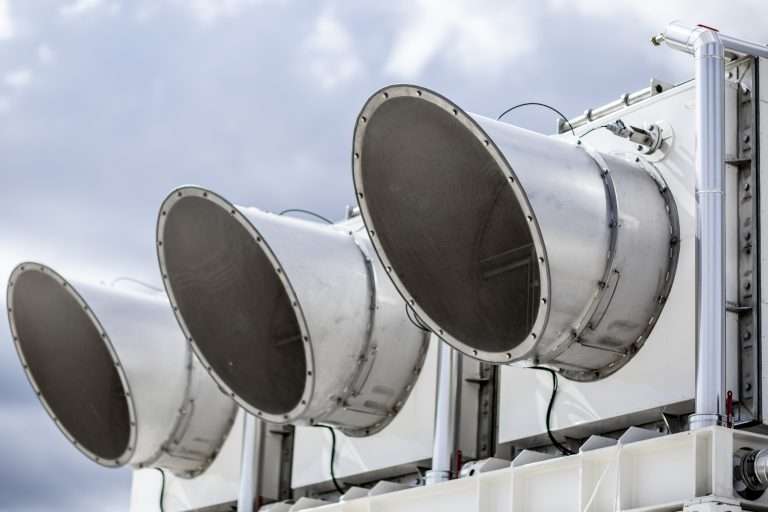
Company that sucks CO2 from air announces a new methane-producing plant

It’s been a banner week for hydrocarbons made from waste gases. Earlier this week, a company announced that it had delivered 4,000 gallons of jet fuel made from steel-plant waste gases to Virgin Atlantic. Now, Swiss company Climeworks has announced the opening of a new plant in Italy that will collect carbon dioxide (CO2) from ambient air and pair it with renewably made hydrogen (H2) to make methane fuel that would add little or no CO2 to the atmosphere.
The plant in Troia, Italy, was completed in July and went into operation this week as part of a research program funded by the European Union.
This will be Climeworks’ third carbon-capture plant. The first captured carbon out of ambient air using a filter of base amines that would bind with more acidic CO2. The captured carbon was sent to a greenhouse to speed plant growth. The second was based in Iceland at a geothermal plant that released some volcanic CO2. Climeworks’ small plant captures that carbon and injects it back into the ground, where mineral reactions help the CO2 bind with basalt, essentially storing the gas as a rock.
In a presentation this week, Climeworks co-founder Christoph Gebald said that, just recently, the company has been able to operate the Icelandic plant continuously without any failures. This is a major accomplishment in the frigid Icelandic climate. The plant will now move to scale the Icelandic plant up, which is possible given Climeworks’ modular design.
The new Italian plant will be run for more than 4,000 hours over the next 17 months (that’s just under eight hours a day) in order to demonstrate the viability of fuel production as a potential revenue source for carbon capture. Gebald said that pure captured CO2 could even be processed into jet fuel. When that fuel is burned, he said, it would again create CO2 that could be captured at an arbitrary Direct Air Capture plant and turned back into jet fuel.
The plant consists of three air collectors that are more energy-efficient than Climeworks’ first ambient air collector. “The plant will filter up to 150 tons of CO2 from ambient air per year,” Climeworks said in a press statement. “Simultaneously, an alkaline electrolyser (1.2 MW) locally generates 240 cubic meters of renewable hydrogen per hour by making use of excess on-site photovoltaic energy.” A catalyst then combines the CO2 and the hydrogen into methane gas in a reactor built by a French company called Atmostat. The methane “is then liquified and used to fuel natural gas lorries,” Climeworks says.
If the technology is possible, making it economically viable is still a long way off. Without strict prices on carbon dioxide, the buyers of this service are unlikely to be the people who created the carbon pollution in the first place. But given the urgency of our global CO2 situation, it’s not crazy. Gebald noted in his address this week that the world emits 30 to 40 gigatons of CO2 annually, and every day we’re seeing higher and higher levels of carbon dioxide in the atmosphere in terms of parts per million.
Gebald’s address this week followed remarks from Nicolas Gruber, a professor of environmental physics at the Department of Environmental System Sciences at ETH Zurich. He noted, “we cannot afford to let a viable option—also with its problems, it’s by no means a silver bullet to solve all the problems—but we can not afford to [leave] a viable option… on the side simply because it may not be as cheap as some other options.”
Still, there’s interest in developing this technology to be cheaper and more efficient. In August, Climeworks announced that it closed a round of funding, raising $30.8 million from existing and new investors.
Climeworks isn’t the only company working on this problem, either. This summer, the Canada-based Carbon Engineering published a paper detailing what they think is a more cost-effective carbon capture option.
Correction: Carbon Engineering is Canada-based, not US-based as Ars originally wrote.





